Designing User-Friendly Interfaces for Wearable Apps
Today’s chosen theme is “Designing User-Friendly Interfaces for Wearable Apps.” Step into a world of wrist-first experiences where clarity, comfort, and delightful utility meet. Read on, share your own wearable wins and woes, and subscribe for weekly on-the-wrist design insights.
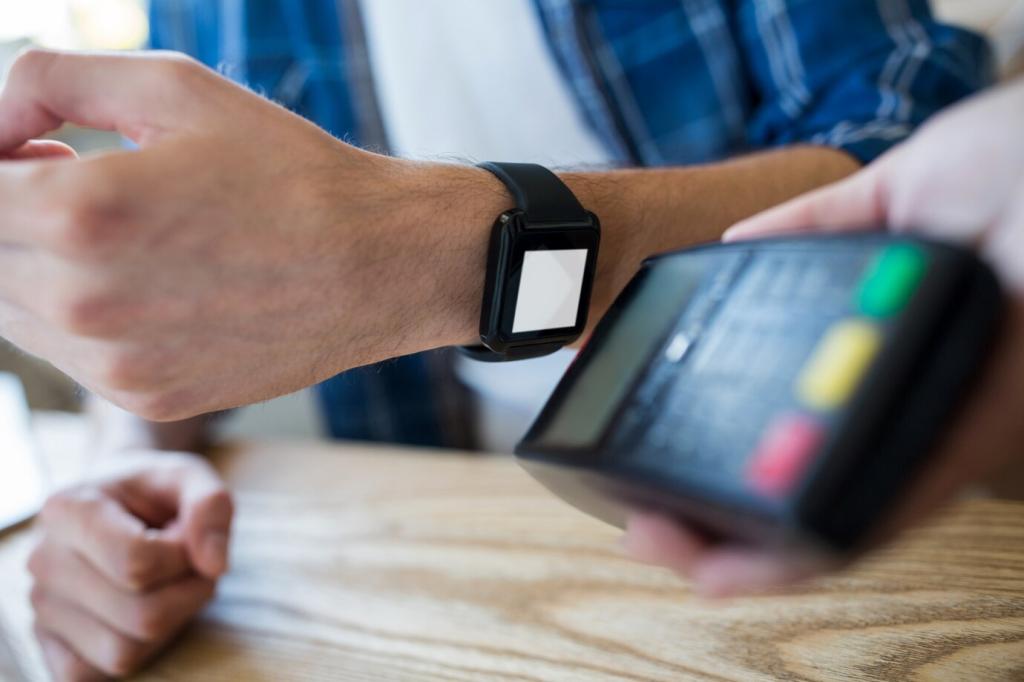
Prioritize the one thing a user needs at a glance, then trim everything else. On wearables, success means the right data appears without scrolling, pinching, or thinking. Ask yourself: could someone understand and act within two seconds while walking?
Designing for Glanceability and Micro-Moments
Information Architecture for Tiny Screens
Reveal complexity only when requested. Start with a compact, readable summary, then let users dive deeper via clear affordances. This approach prevents overwhelming micro-displays while preserving power users’ needs. It also keeps the main view fast, focused, and reassuring.
Information Architecture for Tiny Screens
Cards and carousels thrive on wearables because they chunk information into swipeable bites. Keep each card self-sufficient and scannable. Limit total cards, maintain consistent order, and use subtle snaps for orientation. Users should never feel lost between swipes.
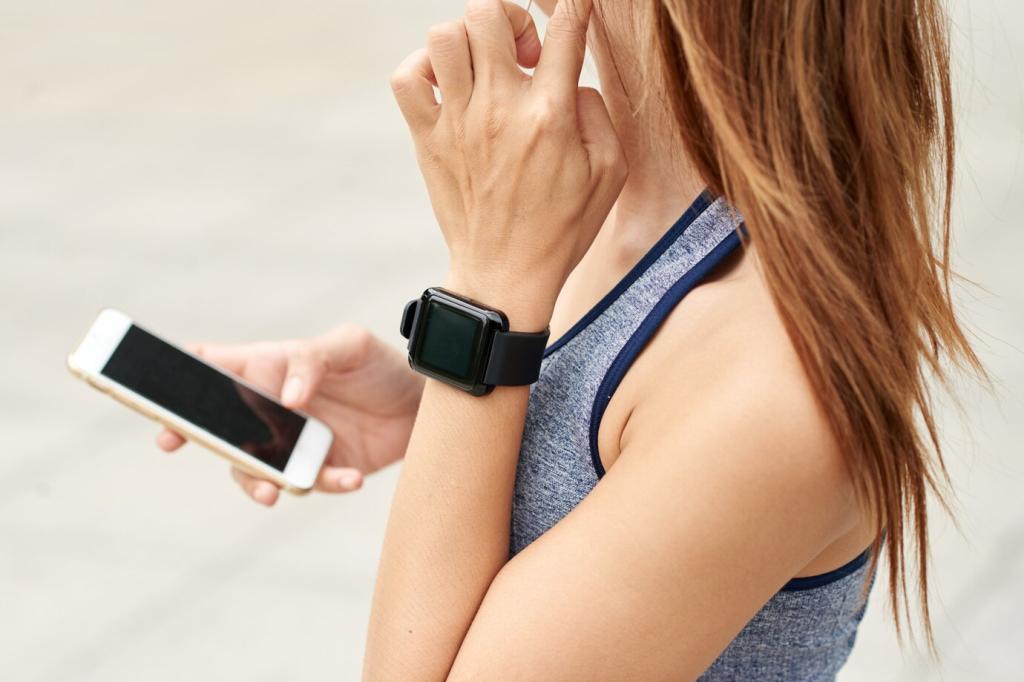
Design generously sized touch targets with forgiving hit zones. Account for motion, sweat, and small displays. Separate critical controls, add spacing, and confirm important actions. Hints like subtle vibration or color change help users trust touches during movement.
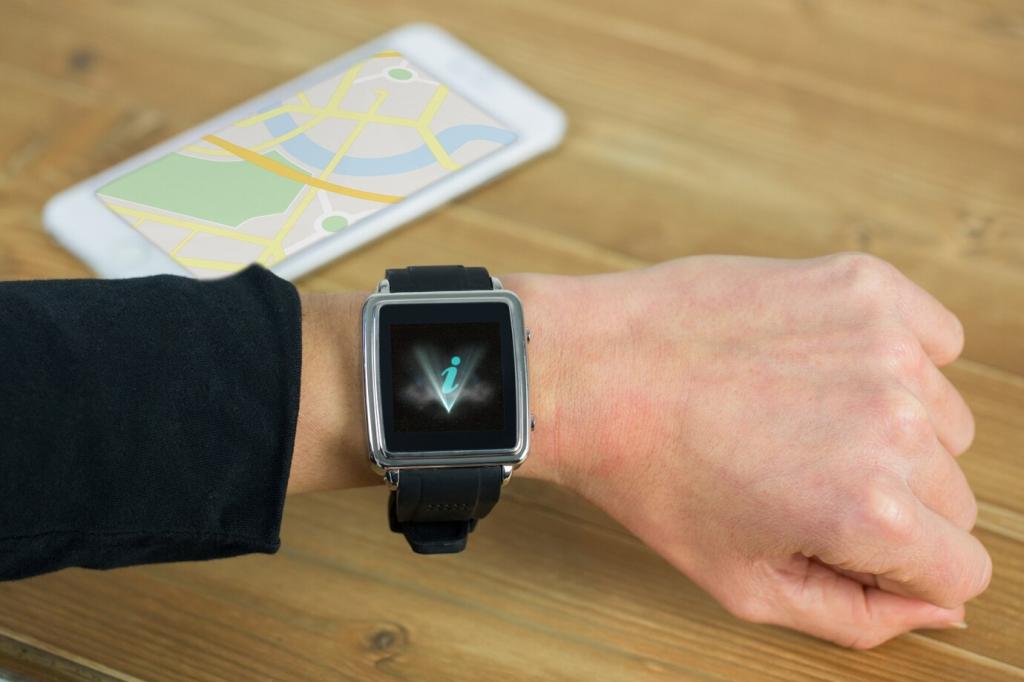
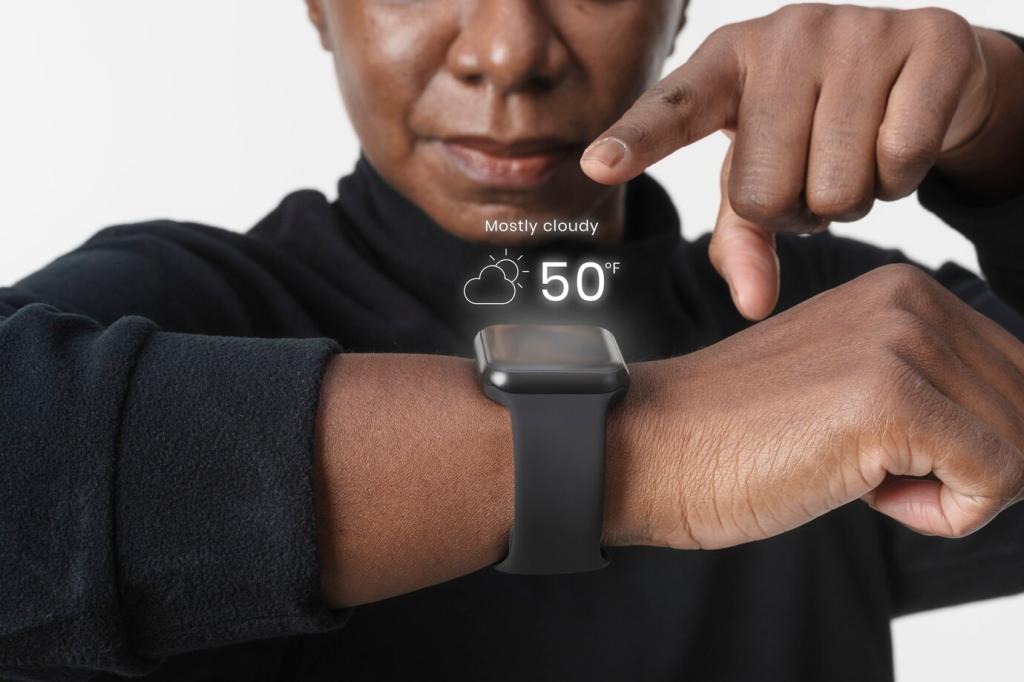
Typography and Spacing
Use large, high-x-height typefaces with generous line spacing and minimal truncation. Avoid dense paragraphs. Establish a clear hierarchy with weight and size, not tiny text. Test outdoors, in movement, and at a glance to validate real-world legibility and comfort.
Color, Contrast, and OLED Realities
Design for high contrast and dark themes that respect OLED battery life. Avoid saturated full-screen whites. Use color deliberately for status and urgency. Always test under sunlight and dim interiors, ensuring critical information remains visible without eye strain or guessing.
Motion as Meaning, Not Decoration
Micro-animations should explain state changes, focus attention, and confirm completion. Keep durations short and energy-light. Celebrate success subtly with haptics plus a brief visual cue. If animation doesn’t clarify, remove it. Efficiency and clarity outweigh flourish on tiny, power-limited screens.
Accessibility, Inclusivity, and Haptic Feedback

Bigger Targets and Flexible Text
Offer adjustable text sizes and maintain generous hit areas. Respect system accessibility settings without breaking layouts. Prioritize contrast and clear labels over icons alone. Friendly defaults help everyone, especially in motion, low light, or stress. Inclusivity is practical and humane.

Haptics as a Communication Channel
Use distinct haptic patterns for states like success, warning, and urgent alerts. Keep vibrations short to save battery but meaningful enough to inform. Combine with concise visuals so users instantly understand context, even when they cannot look at the screen immediately.

Audio and Assistive Scenarios
Support screen readers, brief spoken summaries, and captions for audio feedback. Provide silent alternatives for private contexts. Ensure focus order makes sense, controls are labeled descriptively, and navigation is predictable. Accessibility transforms edge cases into core strengths across diverse, real-world moments.
Testing in the Wild and Iterative Improvement
Conduct usability tests during movement. Observe mis-taps, delays, and hesitations. Track completion time and glance duration. Ask participants to narrate what they expected. Authentic conditions surface issues impossible to catch on a desk under perfect lighting and posture.

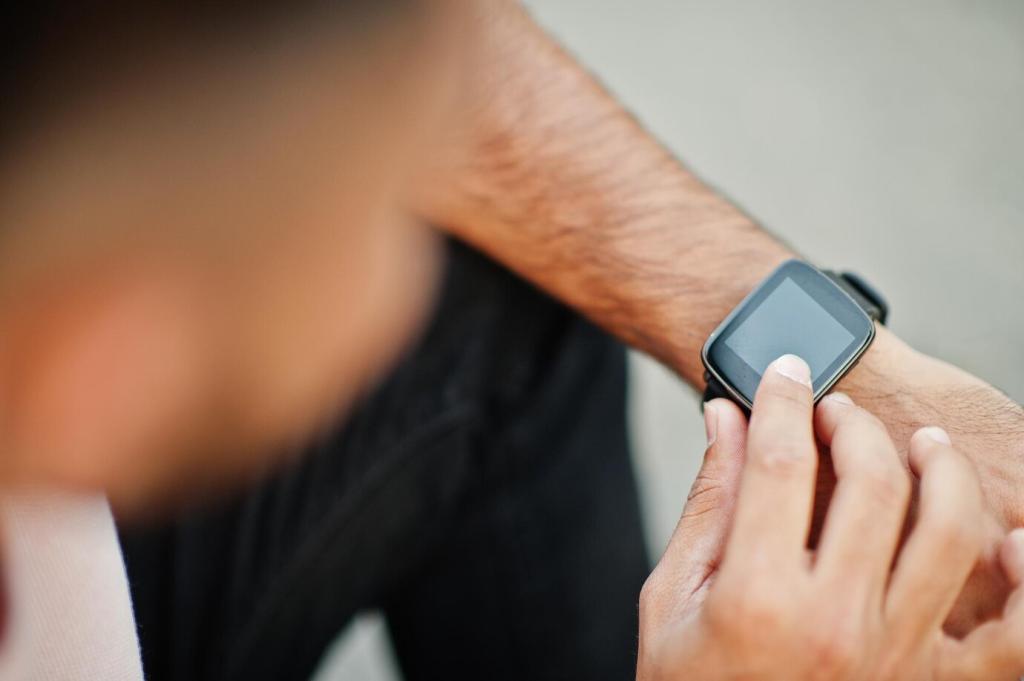
Testing in the Wild and Iterative Improvement
Measure glance success rate, steps to complete, interaction time, and error recovery. Pair quantitative data with short diary notes capturing emotion and context. Improvements should reduce friction while preserving trust and control. Celebrate small wins that shave seconds consistently across sessions.
